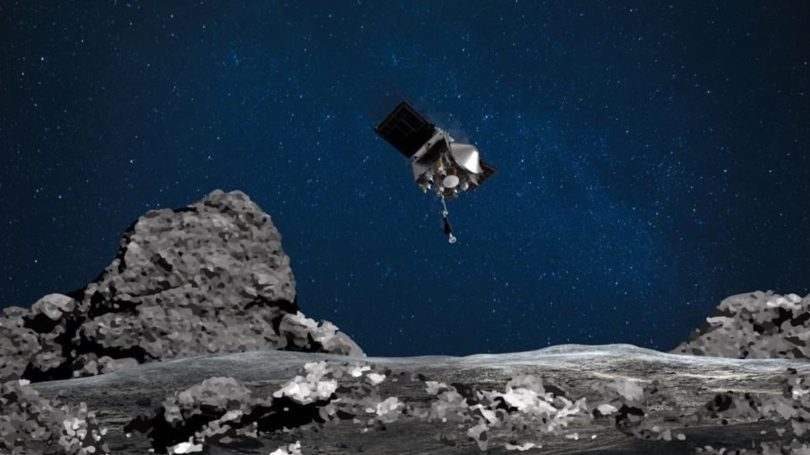[ad_1]
The National Aeronautics and Space Administration (NASA) has given its former OSIRIS-REx spacecraft a new mission – studying the intriguing asteroid Apophis. Renamed OSIRIS-APEX (Origins, Spectral Interpretation, Resource Identification, and Security – Apophis Explorer), the spacecraft embarked on this bonus mission after successfully bringing a sample from asteroid Bennu to Earth.

Also read- Asteroid Bennu may reveal secrets of life on Earth. Its sample in NASA capsule will have…
Why Apophis?
NASA chose Apophis, an “S-type” asteroid composed of silicate materials and nickel-iron, for its unique characteristics.
Apophis is set to make an exceptionally close approach to Earth on April 13, 2029, coming within 32,000 kilometres of the surface – closer than some satellites. This close encounter, although posing no threat, provides a rare opportunity for scientists to study the asteroid’s surface changes and learn more about its composition, the US space agency said.
Also read: ISRO to welcome 2024 with India’s first X-Ray Polarimeter Satellite launch on Jan 1
Natural experiment and scientific insights
The close approach of Apophis is considered a great natural experiment, allowing scientists to observe changes in its orbit, day length, and potential surface disturbances.
OSIRIS-APEX, equipped with a suite of instruments, including imagers, spectrometers, and a laser altimeter, will closely map the asteroid’s surface and analyse its chemical makeup.
The mission aims to understand the effects of Earth’s gravity on Apophis and gain insights into processes crucial to planet formation.
“We know that tidal forces and the accumulation of rubble pile material are foundational processes that could play a role in planet formation. They could inform how we got from debris in the early solar system to full-blown planets,” said Dani Mendoza DellaGiustina, principal investigator for OSIRIS-APEX at the University of Arizona in Tucson.
Also read- Astronauts for Gaganyaan mission ready and waiting for flight to happen in 2025: ISRO chief
OSIRIS-APEX’s arrival and operations
OSIRIS-APEX is scheduled to reach Apophis on April 13, 2029, operating in its proximity for approximately 18 months. In addition to studying changes induced by the Earth encounter, the spacecraft will perform investigations similar to those conducted at Bennu.
OSIRIS-APEX will execute a daring manoeuver, dipping within 16 feet of the asteroid’s surface and firing thrusters downward to stir up rocks and dust. This manoeuver aims to unveil the material lying beneath the surface, offering scientists a closer look at Apophis’ composition.
[ad_2]
Source link








